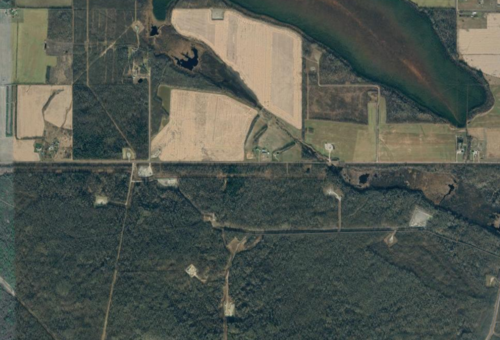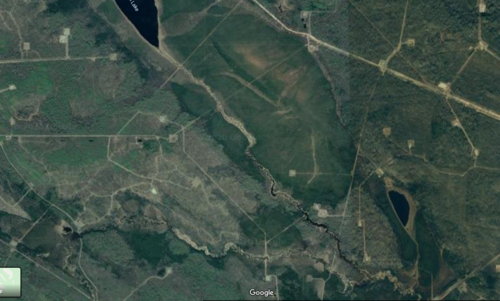As a newbie hunter, I'm beginning my scouting for this season now. I'm doing my best to avoid the farm fields and private land the majority of the people in my region of northern Alberta tend to hunt. I want to get off the beaten path and put some miles on my boots. Right now, I'm using a combination of Backroads Mapbooks and Google Earth to narrow down areas to start actively scouting.
My question is when looking at terrain and satellite images, what features do you look for when it comes to deer habitat? Valleys, rivers, clear cuts, cut lines, meadows?
For anyone interested in checking out my region, or any Albertans reading this, I'm looking to hunt between Grande Prairie and Grande Cache to start and maybe go as far south as Hinton.
My question is when looking at terrain and satellite images, what features do you look for when it comes to deer habitat? Valleys, rivers, clear cuts, cut lines, meadows?
For anyone interested in checking out my region, or any Albertans reading this, I'm looking to hunt between Grande Prairie and Grande Cache to start and maybe go as far south as Hinton.






